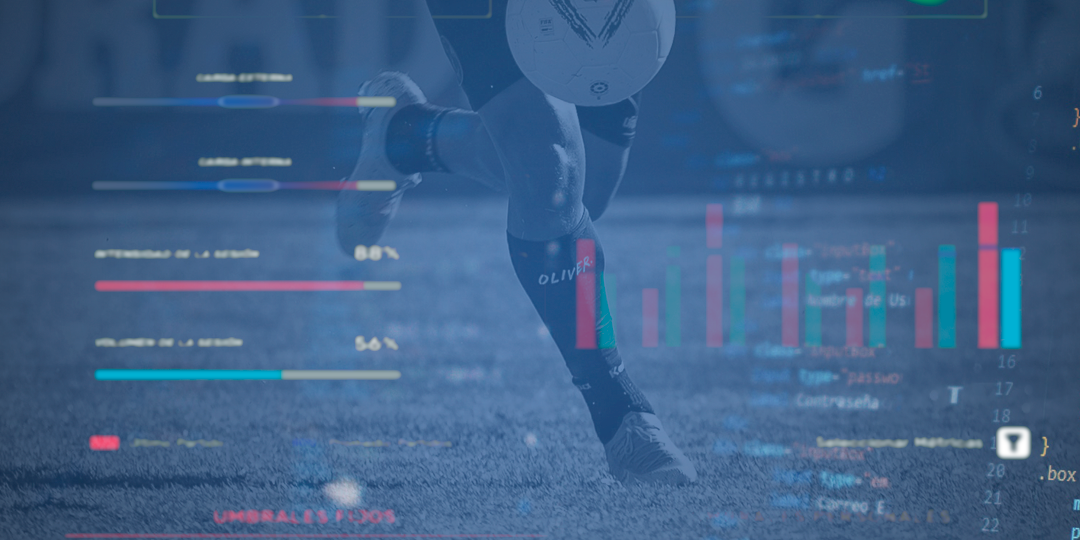Data Analysis: The History of Big Data in Football

Football has long been a sport based on the intuition and experience of coaches and players. However, in the last decade, data analysis has significantly transformed the way football is understood and played. From basic statistics to advanced use of Big Data, data analysis is redefining strategies, performance, and success in modern football.
How did statistics start in football?
The beginning: Basic statistics. The use of basic statistics in football began with recording simple data such as goals scored, assists, and cards. These statistics provided a limited but useful view of player and team performance. However, these metrics were only a small part of the story, as they could not capture the complexity and dynamics of the game.
The advance: Performance analysis. Over time, performance analysis became more sophisticated. More detailed data started being collected, such as completed passes, interceptions, and shots on goal. This information allowed coaches and analysts to gain a better understanding of individual and team performance, identifying strengths and weaknesses that previously went unnoticed.

Performance analysis is becoming increasingly relevant in football at all levels. Devices that collect this data are placed on the leg or in the traditional vests.
The revolution of Big Data
The true revolution in football data analysis came with the advent of Big Data. Thanks to advanced technology, it is now possible to collect and analyze enormous amounts of data. GPS sensors, high-definition cameras, and machine learning algorithms have enabled an unprecedented level of analysis.
Applications of Big Data in football
-
Tactical analysis
- Teams can analyze game patterns, formations, and player movements to develop more effective strategies. Big Data allows for the breakdown of every aspect of the game and optimizes tactics based on objective data.
-
Performance improvement
- Data on players' physical and technical performance helps personalize training and recovery plans. This not only improves on-field performance but also reduces the risk of injuries. An example of these technologies is OLIVER PRO.
-
Scouting and signings
- Clubs use Big Data to identify emerging talents and make informed decisions about signings. Data provides an objective assessment of players' skills and potential, minimizing the risk associated with investments in new talent.
-
Fan engagement
- Data analysis is also used to enhance the fan experience. Interactive applications and platforms offer real-time statistics, in-depth analysis, and personalized content, increasing engagement and satisfaction among followers.

Heat maps, for example, are also obtained thanks to Big Data. If you want to learn more about these, visit our article on Heat Maps.
Big Data in performance and performance analysis
OLIVER PRO is a technology that perfectly reflects the future of Big Data in performance analysis: it collects and analyzes millions of data points to provide teams with tools that were unthinkable just a few years ago.
Thanks to a small device placed on the leg or in the vest, it collects millions of data points, and through an innovative, easy-to-use platform powered by Artificial Intelligence, it provides physical trainers and coaches with the necessary information to plan training sessions and improve decision-making. What is it for? In short, to enhance team performance and prevent injuries.
OLIVER PRO, example of the democratization of technology. It is a technology already used by over 150 teams worldwide, demonstrating that it is becoming increasingly common for teams of all levels and sectors of football.
Do you want to leverage Big Data to help your team reach its full potential?
Get OLIVER PRO!
Complete the form so a representative can contact you👇


